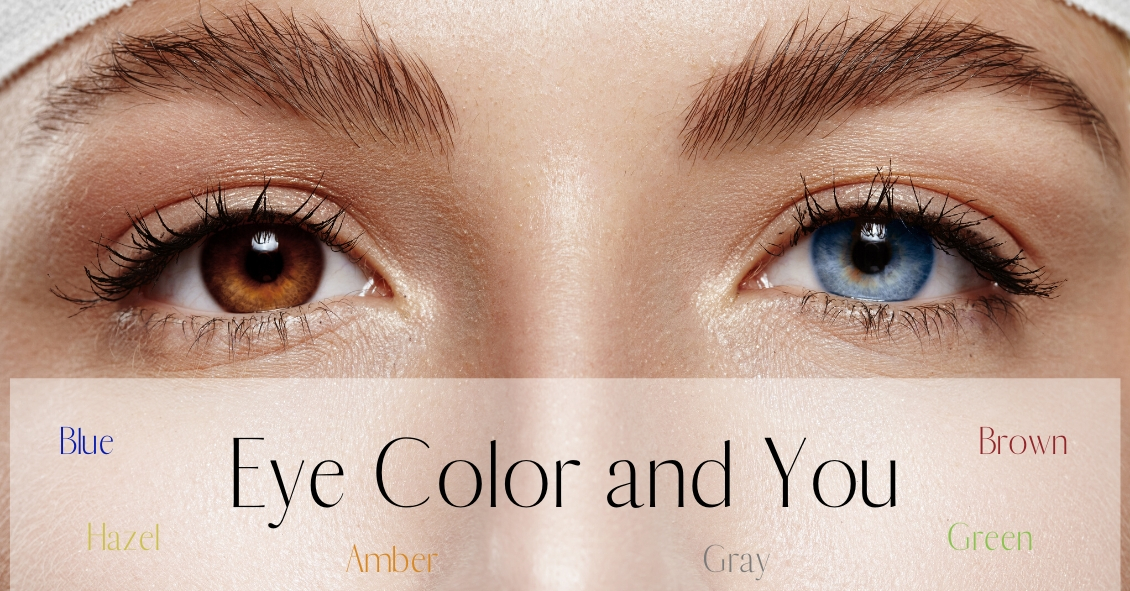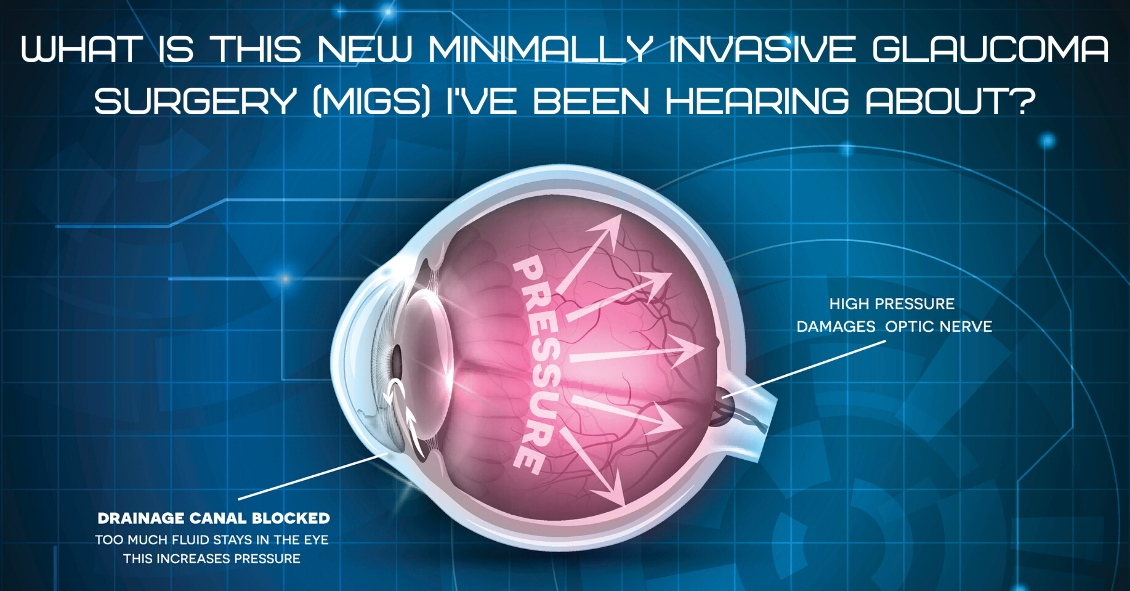News & Promotions
Need Help Finding Something?
Featured Monthly Video

Remember back to the last time you experienced the birth of a baby. What was one of the most common questions people asked? Most likely, "WHAT COLOR ARE HIS EYES?,” was right up there.
What makes the color of our eyes appear as they do? What...

For over 40 years the standard surgical treatment for glaucoma was a procedure called a trabeculectomy.
In a trabeculectomy the ophthalmic surgeon would make a hole in the wall of eye to allow fluid from the inside of the eye to flow out of...

 There are m...
There are m...



